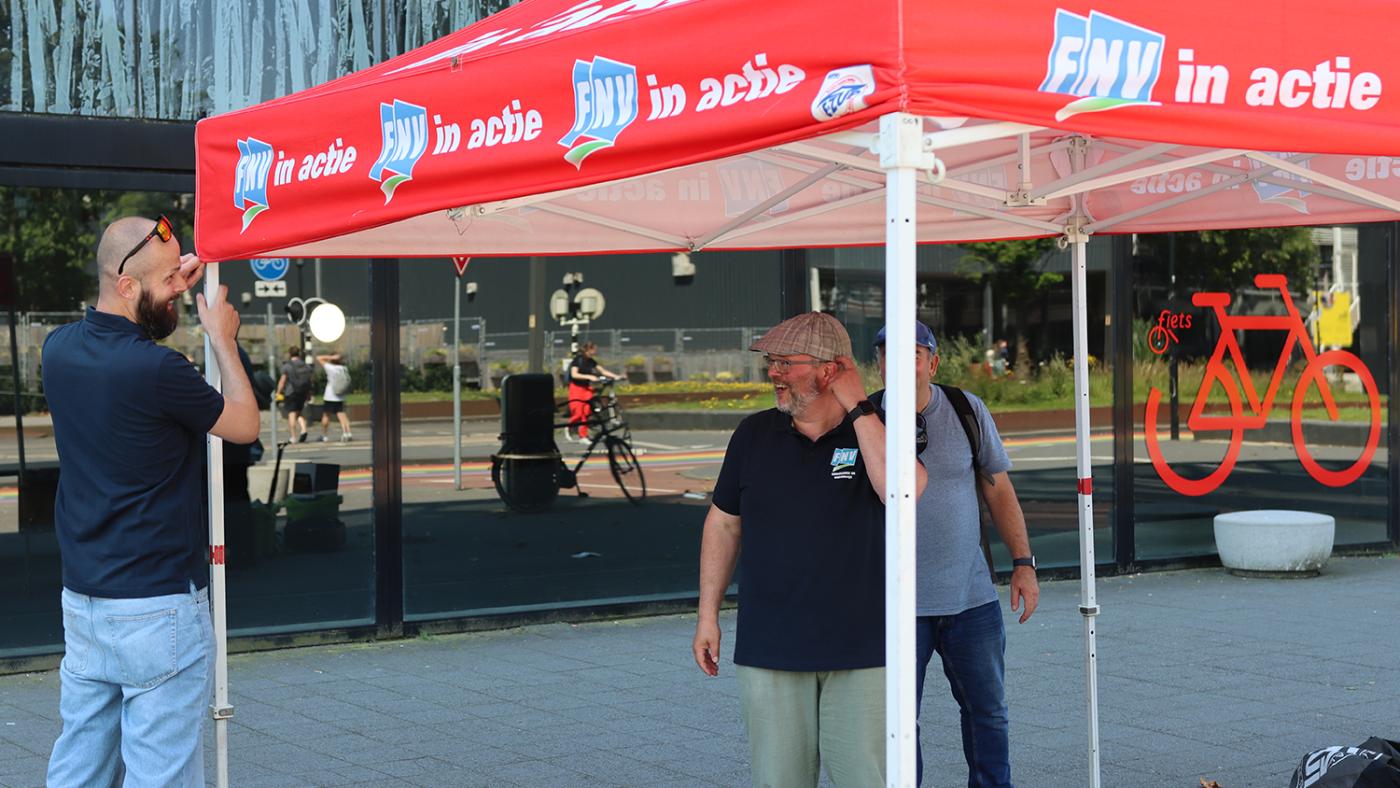Wage increase for university employees
Pennies and percentages in new collective labour agreement

"We are pleased that there is room for good collective labour agreement arrangements, despite government cutbacks", says Donald Pechler, director of the Algemene Onderwijsbond (Aob). This brings the average wage increase to 4,2 percent.
Pennies or percentages?
Some union members would have preferred “pennies” instead of “percentages”. In other words: give everyone a fixed wage increase instead of a percentage increase, so that employees with lower salaries benefit more in proportion.
"You always have to look at what is possible in the negotiations, but we were able to meet the wishes of these members", says Pechler, referring to the 100 euro increase in monthly salary and the one-off payment of 350 euros.
Employability
The outgoing cabinet is cutting approximately 400 million euros in university funding, which coloured the negotiations. Several universities have already announced layoffs.
So the negotiators had to discuss how to tackle reorganisations. An “employability fund” will be set up for people who have to change jobs. They will receive guidance in finding other work or money for retraining. The fund will run until 2028. 45 million euros will be made available for this purpose.
Other agreements concern, for example, the notice period: people will sometimes be given a little more time to find other work if they have to leave. This is particularly important for foreign employees, for whom residence permits may also be at stake.
Vice-President Margot van der Starre of Utrecht University negotiated on behalf of the UNL employers' association. "The current government's enormous cuts are hitting universities hard", she said in a statement. "With this agreement, we are offering a responsible wage increase and ensuring that we can provide our employees with proper support during these difficult times."
Workload
Other ‘sensitive issues’ (Pechler) include workload and social safety. Nothing concrete has been decided yet: they will conduct a joint analysis. They will also apply for subsidies to develop leadership training and other programmes, for example.
Furthermore, the trade unions want a better overview of the “hourly standard”, i.e. how many tasks people have to perform in an hour. This is actually done through the employee participation council, but the agreement is that the information will be shared more effectively.
It has also been agreed that PhD students will spend no more than 20% of their time on teaching. "We often hear complaints that PhD students spend too much time on teaching", says Pechler. "And we are now trying to combat that."
Wage margin
Incidentally, the trade unions are involved in a legal battle with the government. Every year, the government sends employers a letter stating the “wage margin”, i.e. the amount of money available for wage increases. The trade unions are not allowed to see this letter.
The court did grant them access to past letters, but not to the current ones. The trade unions believe that this information should be public, as it concerns public funding. They have lodged an appeal.
Trade union members have two weeks to vote on the agreement, as do university administrators.